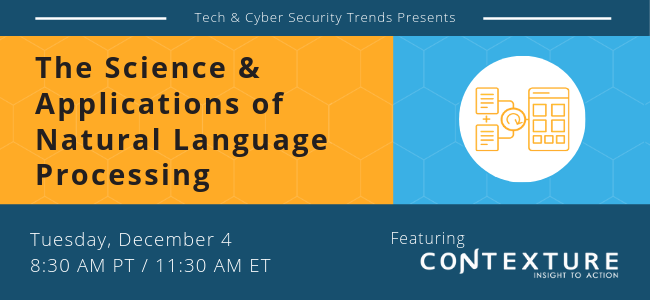Our founder and CEO, Peter Fitzsimmons, was featured in Association Now on the implications of Artificial Intelligence and automation on strategic planning for Associations…considerations here for all organizations! Check it out. See the original article here.
Integrating artificial intelligence into your organization’s daily work isn’t as effortless as flipping a switch, but it’s easier if you start with the right framework and the right people.
Sure, technologies like machine learning, natural language processing, and automation could help reshape how your association works and serves its members. But finding the right opportunities, and staffing with those opportunities in mind, is the hard part, especially if there’s resistance within your team.
Overcoming these challenges could open up a lot of opportunities to take advantage of artificial intelligence down the line. Here are a few considerations for getting your AI ducks in a row.
Forge the Right Internal Team
You don’t necessarily need AI experts on your staff, said Amith Nagarajan, chairman of the AI-driven newsletter platform Rasa.io. What does matter is whether those staff members have a “growth mindset,” a degree of curiosity, and focus on continued learning that isn’t defined “by their list of prior job functions and tasks they’ve completed.”
“Associations generally won’t be creating any new AI technology but rather applying it,” said Nagarajan. “They don’t need deep AI skills; they need to have people who can apply the AI, at times with a little boost from outside help when it makes sense.”
Peter Fitzsimmons, founder and CEO of Contexture, which specializes in machine learning and natural language processing solutions, agreed that collaboration between internal teams and outside AI experts, when the latter are needed, can produce good results.
“Engage with and have good working relationships with those technology experts that do understand AI technology and can provide important perspectives at the right times to the whole senior team,” he said.
FIND THE RIGHT USE CASE
Nagarajan suggested that the best place to implement AI isn’t at the center of your technology stack, but in “edge-case scenarios” that don’t require integration with existing systems.
“The problem is that since changing existing processes has so many issues, you end up spending more time on politics, systems integration, and other things that don’t advance your organization’s ability to learn about AI and its applications in real-time,” he said.
AI is often a good fit for new projects, Fitzsimmons noted. “Look at the critical areas that up until this point have been either so expensive or too time-consuming or ineffective in impact that you haven’t been able to consider them,” he said.
AI shouldn’t be a solution in search of a problem, he added, but rather a technology that “might be able to add value in the right solution for you.”
Integrate the Right Way
Although associations might not yet need techies with extensive AI skill sets, Fitzsimmons said it’s important that someone in the organization “owns” artificial intelligence. But “owning” AI isn’t the same as being in charge of managing a piece of enterprise software, Nagarajan noted, because it’s less a tool and more a discipline.
“AI is not a one-shot deal like implementing an AMS or [learning management system]; you need to think of it as a series of small and rapid experiments with the goal of some successes,” he said. “But constant learning along the way is the overarching goal. If you don’t spend time to learn about these capabilities by testing them out, you will quickly fall behind.”



